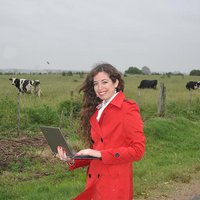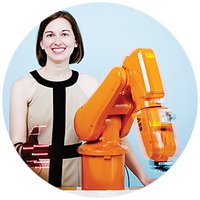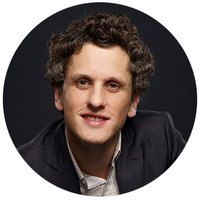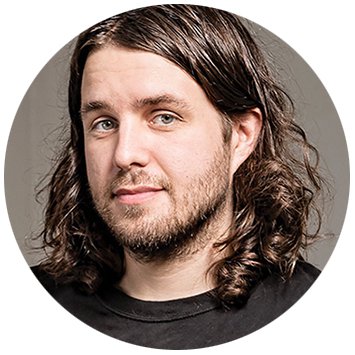Projects intended to help poor, rural communities often founder when innovators lack familiarity with life off the grid. Kurtis Heimerl won’t make that mistake. Having spent much of his childhood in the remote mountains of Alaska, he understands the rigors of living without electricity, transportation, and other conveniences. That’s one thing that makes his Village Base Station a good bet to bring cellular coverage to regions forsaken by the major carriers.
Heimerl’s innovation comes in a gray box roughly the size of a microwave oven. It has solar panels on the outside to power cellular equipment inside, along with the software for management functions like billing and analytics. Secure the box somewhere and link it via satellite to a voice-over-IP network, and you’re ready to open shop as a mobile service provider. Heimerl’s nascent company, Endaga, sells it for $10,000, promising a return on investment within five years. “In a rural community, your only option is to ask someone like AT&T for coverage, but they just don’t care,” he says. “So for us to say to local entrepreneurs ‘Here, do it yourself’ is enormously powerful.”
Heimerl didn’t start out as a telecom revolutionary. He enrolled at the University of Washington in 2002 hoping to join the Internet gold rush. However, internships at Amazon and Google soured him on corporate work. Five years later, he went to India for Microsoft Research and became enthralled with bringing communications to underserved areas. When he left Microsoft and joined UC Berkeley’s Technology and Infrastructure for Emerging Regions program, he encountered OpenBTS, programming code that bridges Internet telephony and cellular phone networks. “It just popped out at me,” says Heimerl, who is still at Berkeley as a postdoc. “We need to take this technology and make it so individuals can operate it.”
The Village Base Station debuted last year in an Indonesian village that is a four-hour drive over muddy tracks from the nearest city. The community has trouble keeping doctors and teachers, who must journey back to the city just to make a phone call. Heimerl’s system brought coverage to 350 subscribers and generated $1,000 per month in revenue for the operator—and it’s still going strong.
Just one hitch: it’s illegal. Regional mobile providers hold licenses to the necessary airwaves. Indonesian officials were willing to look the other way, but in general, regulation is a significant hurdle for Heimerl’s vision of universal access. To resolve that issue, he has helped develop a “white space” workaround that occupies unused radio frequencies until another network needs them. He plans a trial in South Africa this year to demonstrate that it doesn’t interfere with other communications. From there, he hopes to expand into any place with an isolated population, an open spectrum, and an entrepreneurial spirit.
—Ted Greenwald
Watch this Innovator at EmTech 2014
Meet the Innovators Under 35





